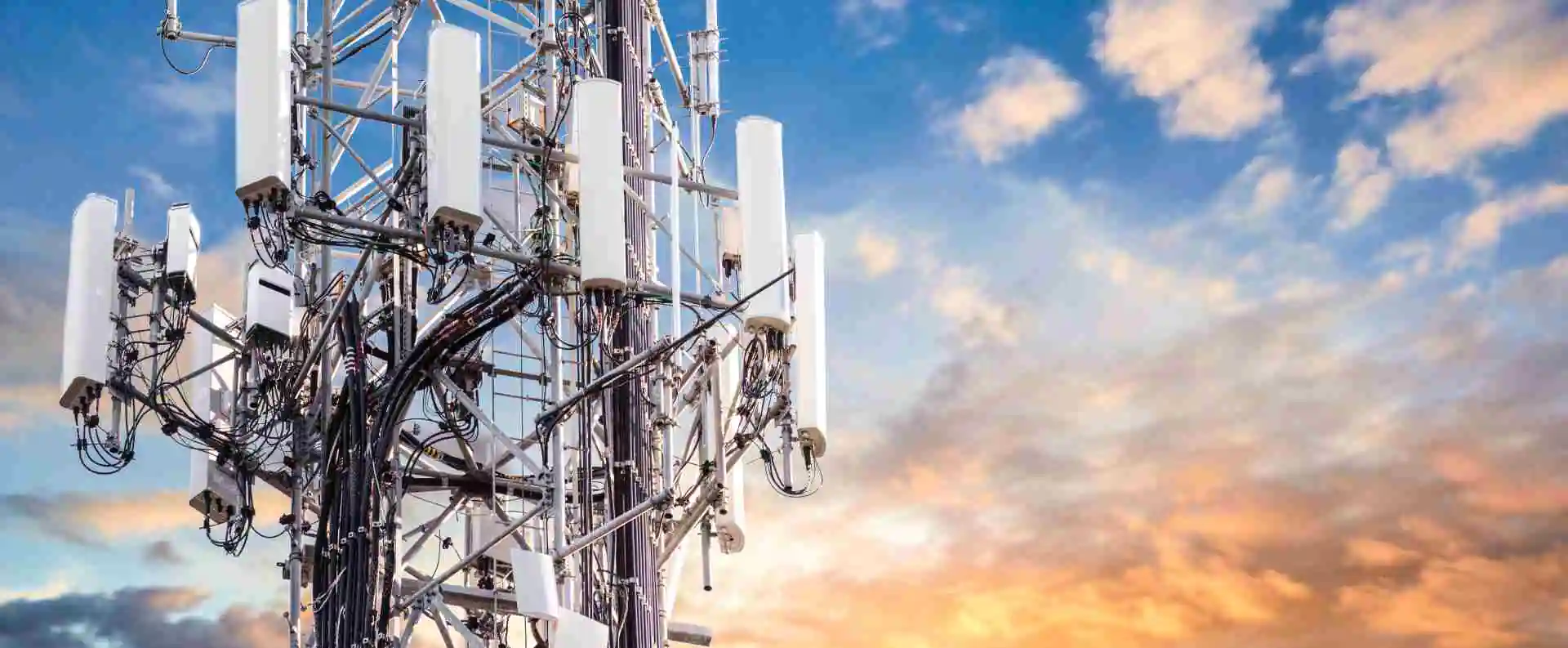It’s not easy to know what will happen in the future. Sometimes, unexpected things change everything. The same thing happens in business too. For example, in the retail industry, it’s hard to guess how many products people will buy. This guesswork is called demand forecasting. Even though it’s not always perfect, stores still do it because it helps them plan.
Without demand forecasting, stores could order too many products or too few. If they order too many, they might waste money. If they don’t order enough, customers might leave unhappy. So, even if forecasting isn’t always right, it is still very helpful. It lets stores make smart choices about what to sell, when to sell it, and how much to keep in stock.
Table of Contents
What is Demand Forecasting?
Demand forecasting means trying to guess how much of a product customers will want in the future. It is based on data, like past sales, seasonal trends, and special events. If a store sold a lot of water bottles last summer, they might expect to sell many again this summer.
Forecasting helps stores be ready. They can make sure they have enough products at the right time. It also helps them avoid running out or holding too much inventory that doesn’t sell. With demand forecasting, stores can make better plans for their business.
Importance
Retail is changing every day. Customers now shop in many ways online, in stores, or using mobile apps. Their choices change quickly too. Some days they want one thing, and the next day something new becomes popular.
Other outside things also affect shopping. Bad weather, rising prices, or shipping delays can change what people buy. That’s why stores need to be ready. Forecasting helps them stay ahead of these changes.
Today, stores use smart tools to help with forecasting. These tools can study data from many places, like social media, weather reports, and online shopping trends. They help businesses see patterns and guess future demand more accurately. Good forecasting helps avoid waste, improves sales, and keeps customers happy.
Bottom-up Forecasting Becomes Popular
In the past, many stores used “top-down” forecasting. This means they looked at the overall sales numbers and guessed from there. But now, many stores use “bottom-up” forecasting instead. This new way looks at each product, store, or website one by one. It is more detailed and can give better results.
For example, if red shoes sell well in one city but not in another, bottom-up forecasting will catch that. It helps stores make better choices for each area. It also helps with online orders and local deliveries.
Another good thing about bottom-up forecasting is that it includes ideas from people working in the stores. Store workers and sales teams can share what they see every day. Their feedback makes the forecast even better.
This kind of forecasting also helps with managing different types of products. Stores can see which ones are popular and which are not, and adjust their inventory accordingly. It helps them avoid having too much of one item and too little of another.
Quality of Forecasts Matters
It’s not just about making a guess. It’s about making a good guess. Forecast quality is very important. Stores want their forecasts to be clear, correct, and useful.
Some stores only look at sales numbers, but that’s not enough anymore. Now, they bring in data from many places. They look at promotions, ads, supplier delays, and even what their competitors are doing. This gives them a better picture.
Retailers also work more closely with suppliers. Together, they plan what products are needed and when. They use tools to test different situations, like “what happens if we offer a discount next week?” or “what if there’s a delay in shipping?” These tools help everyone stay ready.
Stores now use special numbers like MAPE (Mean Absolute Percentage Error) and FVA (Forecast Value Added) to check how good their forecasts are. These numbers show if the predictions are close to real results and where they can improve.
Planning for Long-Tail Products
Long-tail products are items that don’t sell often but still matter. These could be rare books, special tools, or unique shoes. They may not be popular, but some customers still want them. Planning for these items is tricky.
Most forecasting tools don’t do well with products that don’t sell often. Stores end up either keeping too many or none at all. But ignoring these items can lead to lost sales.
Today, stores use smart tools that study how often these products sell. These tools help figure out how much stock is just right—not too much and not too little. Stores also use special models to sort these products by how valuable or risky they are.
Some stores let suppliers hold the stock for these items. They only get the product when a customer orders it. This saves space and money. With better planning, stores can offer more variety without wasting resources.
Forecasting Through Automation
Forecasting used to take a lot of time and effort. Now, many stores use automation. This means computer programs do most of the work.
These programs study data, make forecasts, and update them in real-time. They don’t need people to do everything by hand. This saves time and reduces mistakes.
Also, many of these programs are available in the cloud. This means stores don’t need big computers or IT teams to use them. Even small stores can use advanced forecasting tools. It’s cheaper and faster.
Automation also helps when the market changes suddenly. If there’s a new trend or product shortage, the system can adjust quickly and update the forecast.
Managing Product Returns
Returns are a big problem in online shopping. Many customers send back items they don’t like or need. This causes extra work and cost for stores.
Stores now use smart tools to predict which items are likely to be returned. They look at past return data, customer reviews, and product details. With this, they can make better product listings, reduce confusion, and cut down on returns.
When items are returned, stores also need to decide what to do with them. Some are sent to other stores, some are re-sold, and some go back to the supplier. Planning this well helps stores save money and keep products moving.
Conclusion
Retail is growing fast, and things change quickly. Stores need to be ready for anything. Demand forecasting helps them do that. It helps plan what to sell, how much to order, and when to restock.
New tools like bottom-up forecasting, forecasting automation, and better handling of long-tail products are changing how stores plan. Teamwork between different departments and suppliers makes forecasting even stronger.
By improving forecast quality and using smart tools, stores can reduce waste, avoid shortages, and make customers happy. Forecasting is not just guesswork anymore—it’s a powerful way to plan for success in the world of retail.


